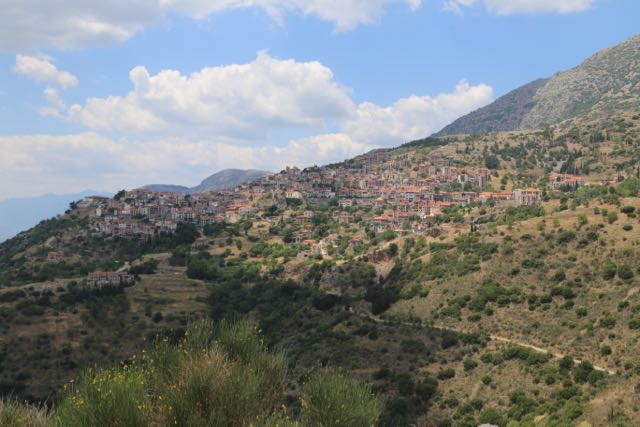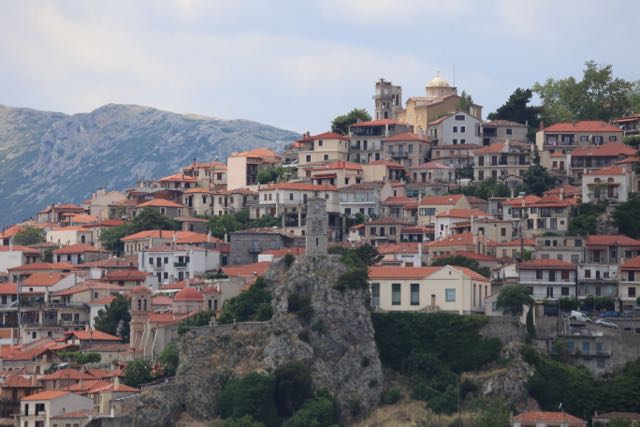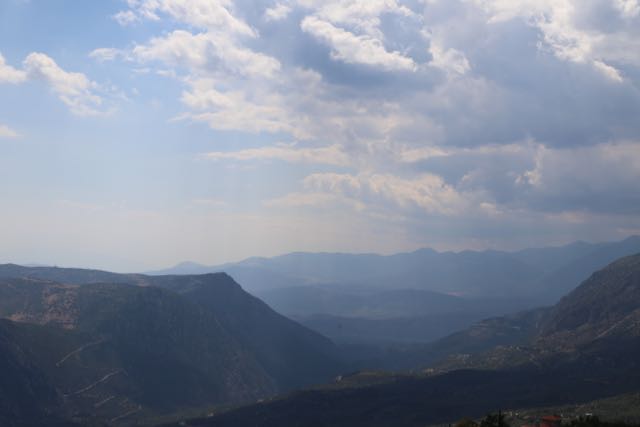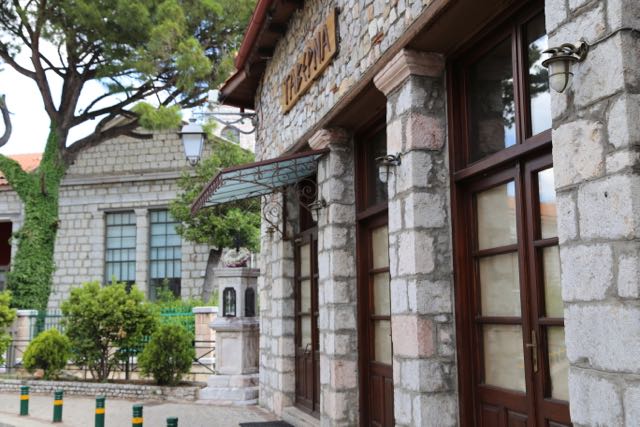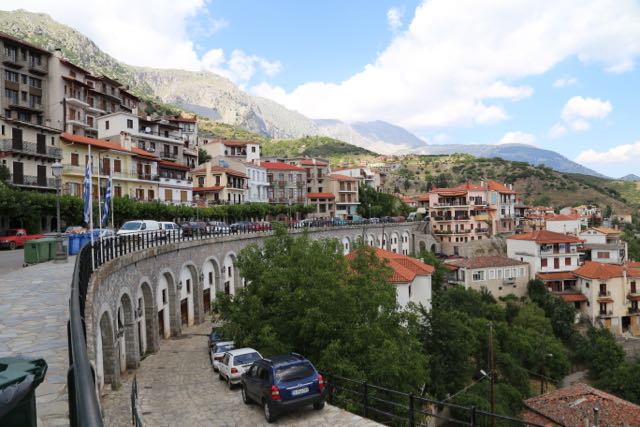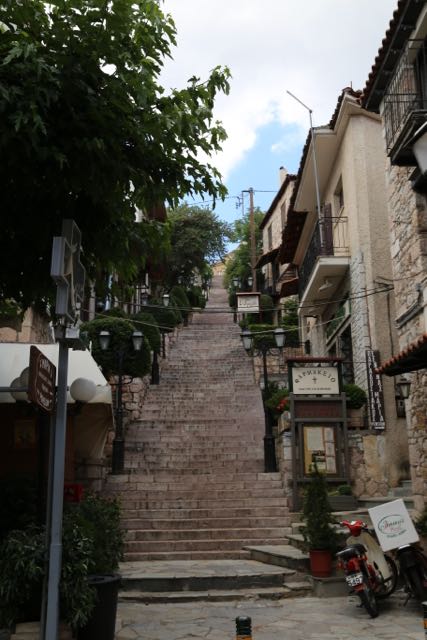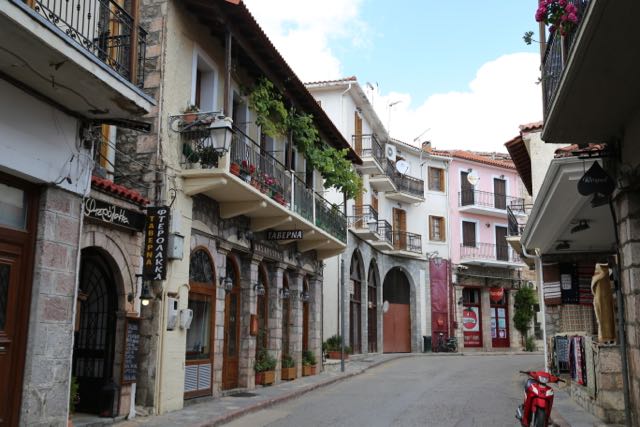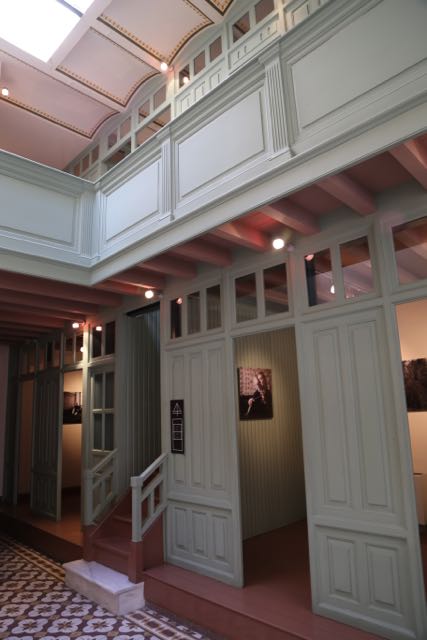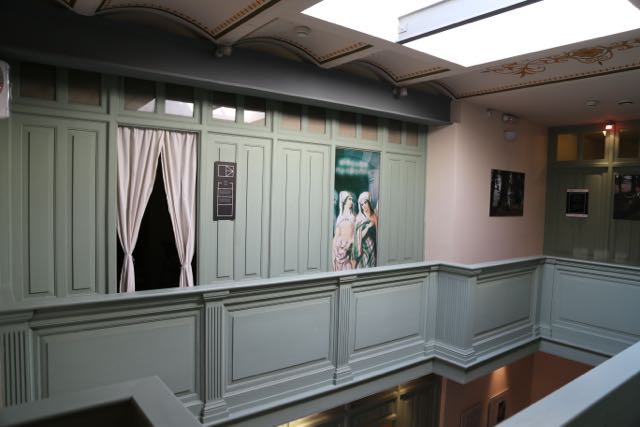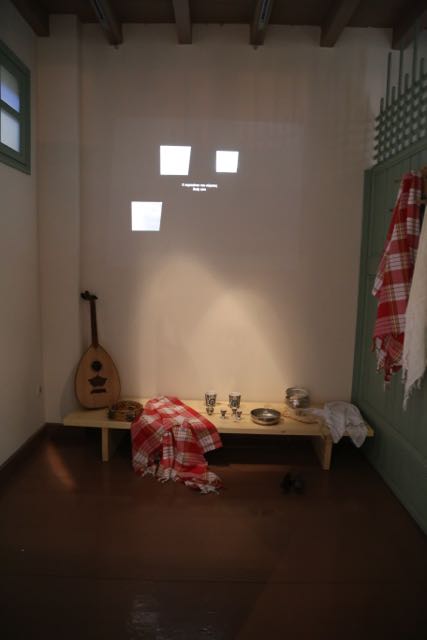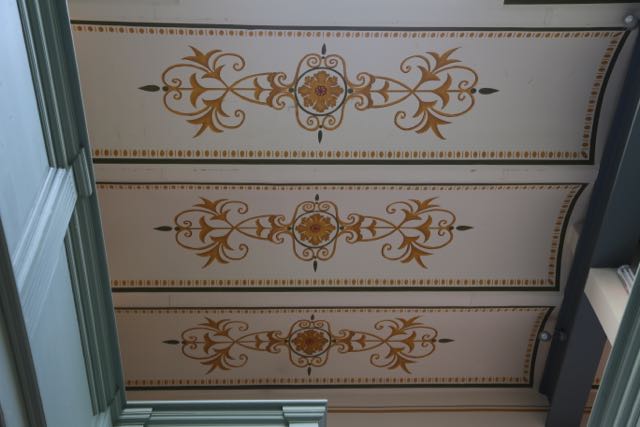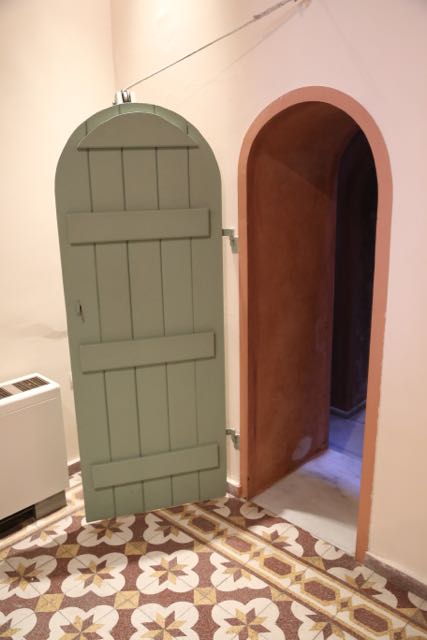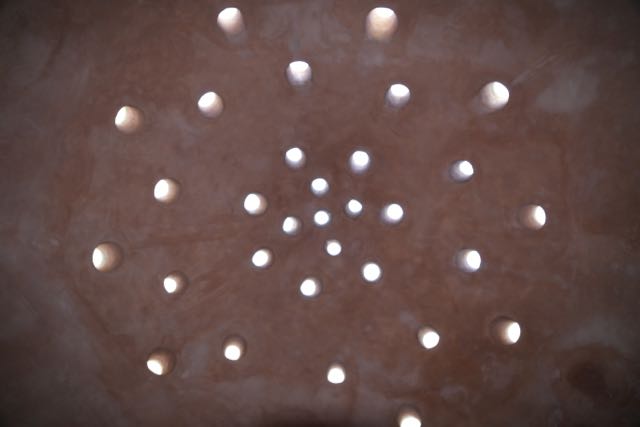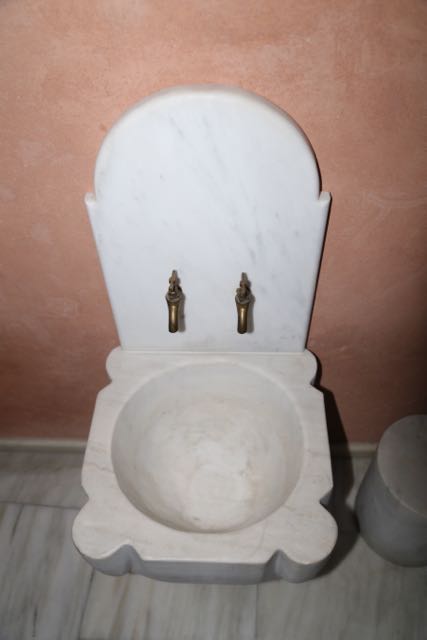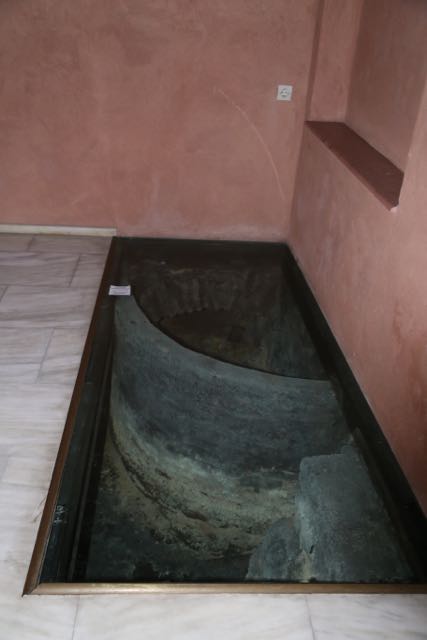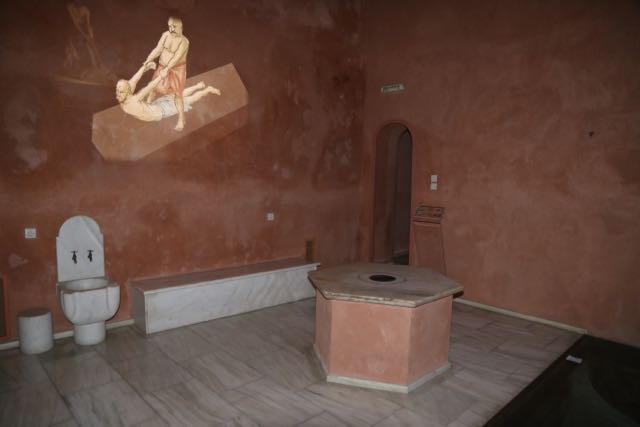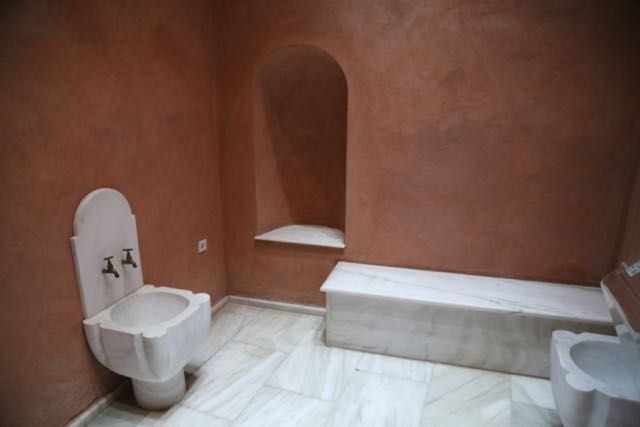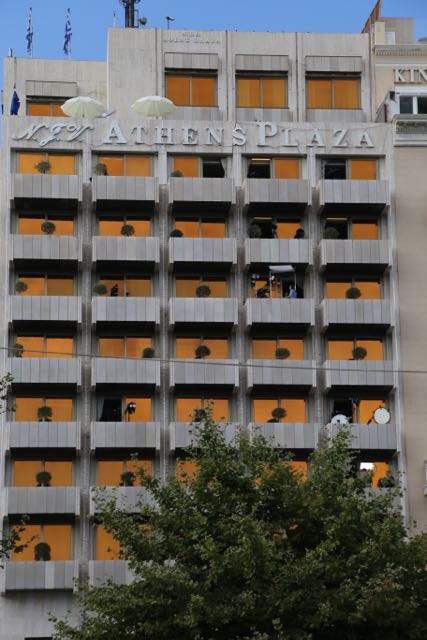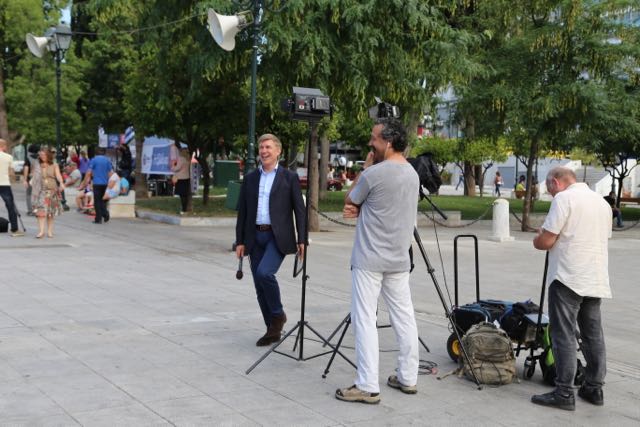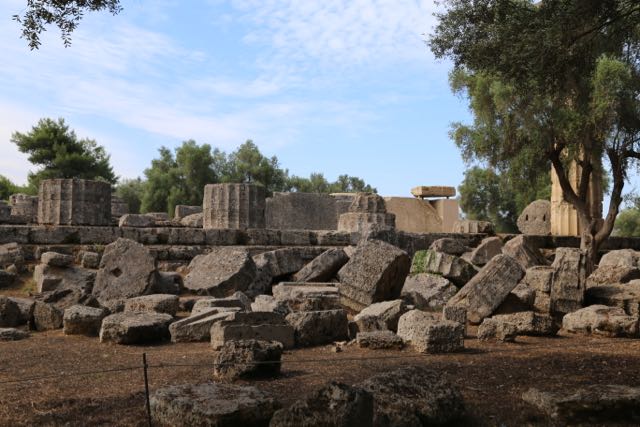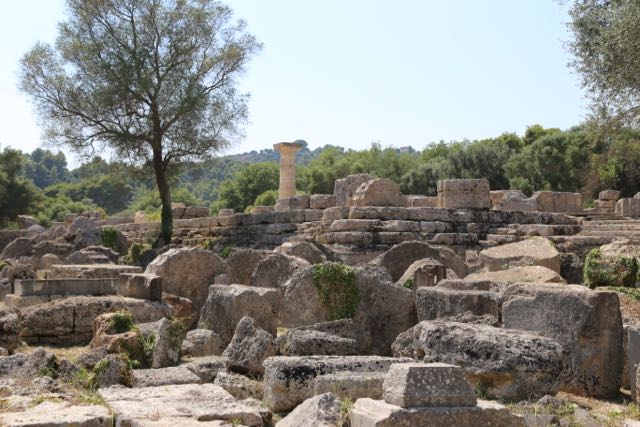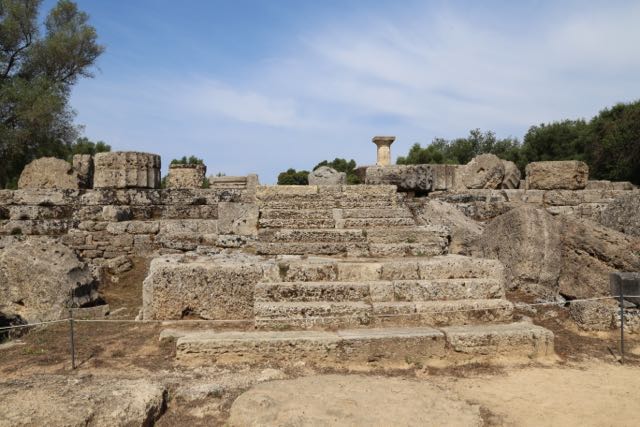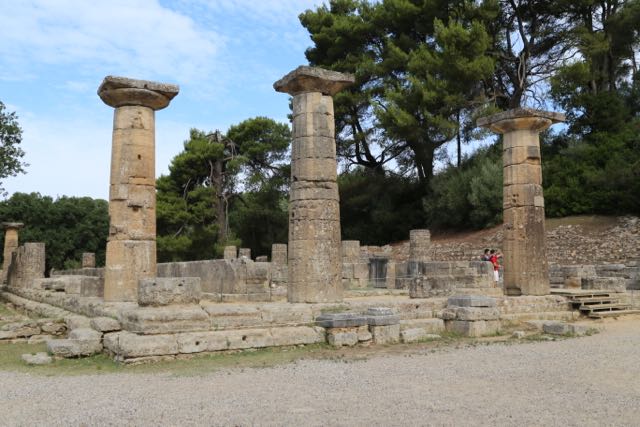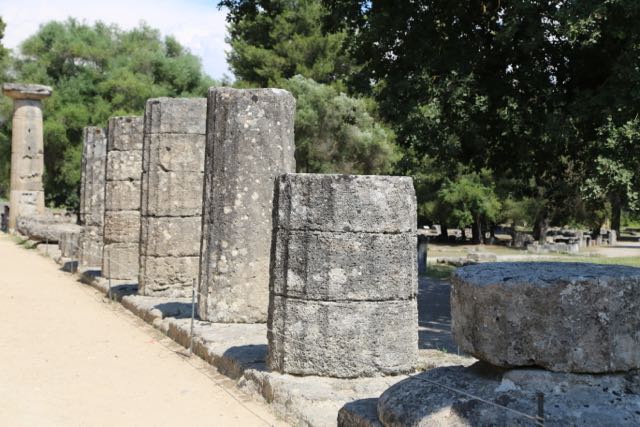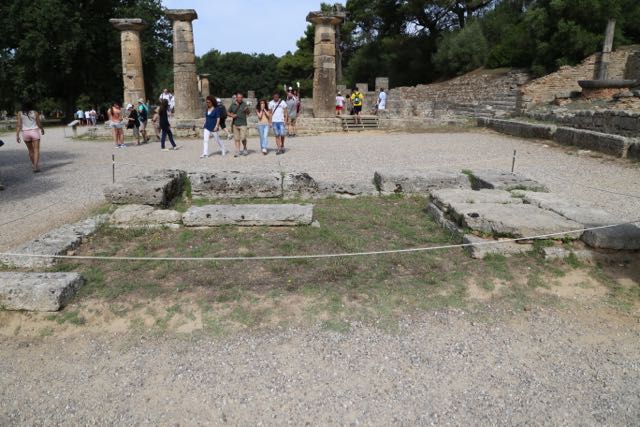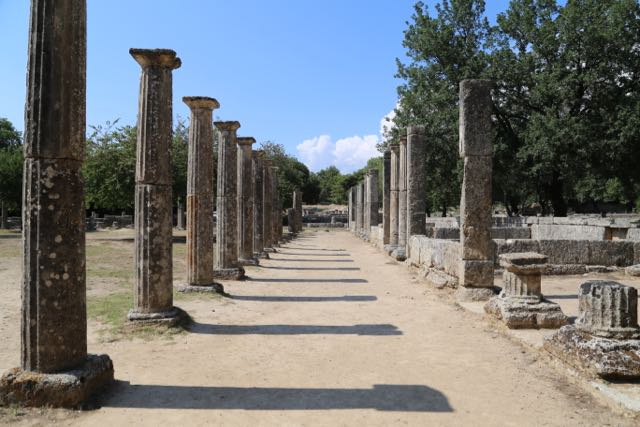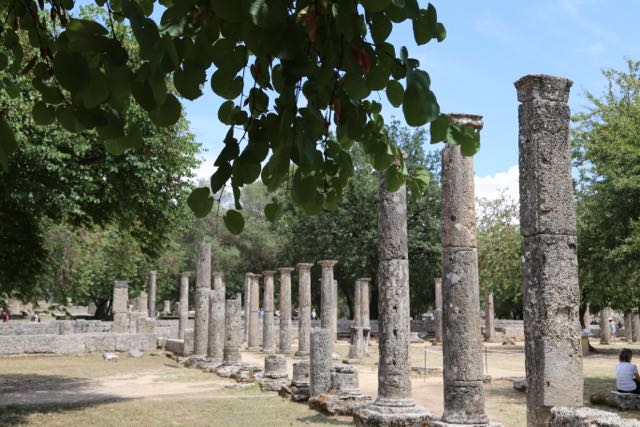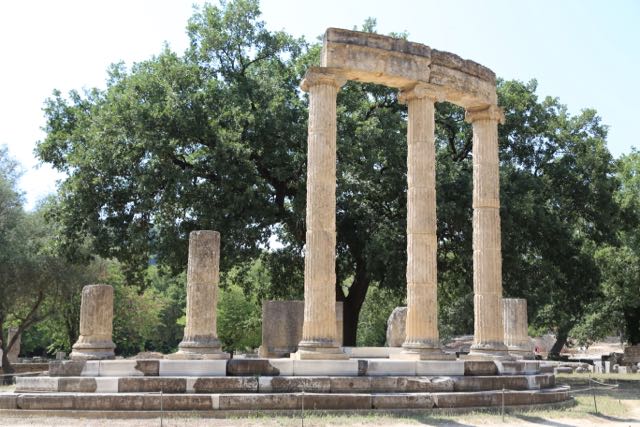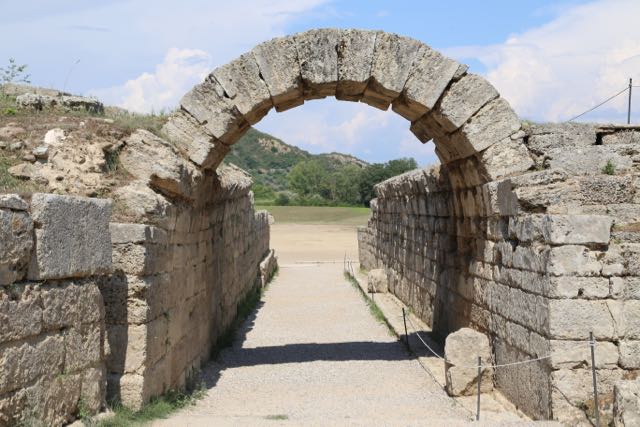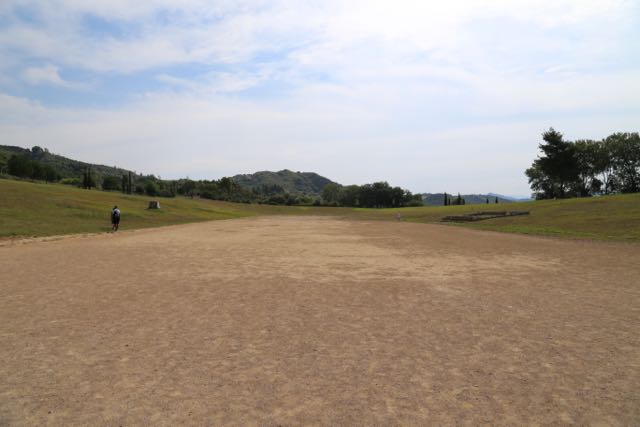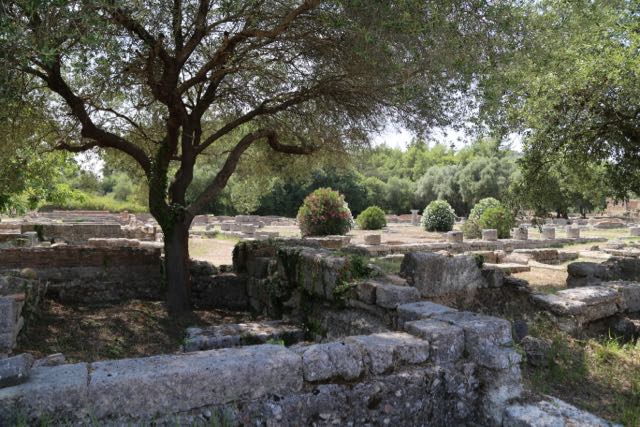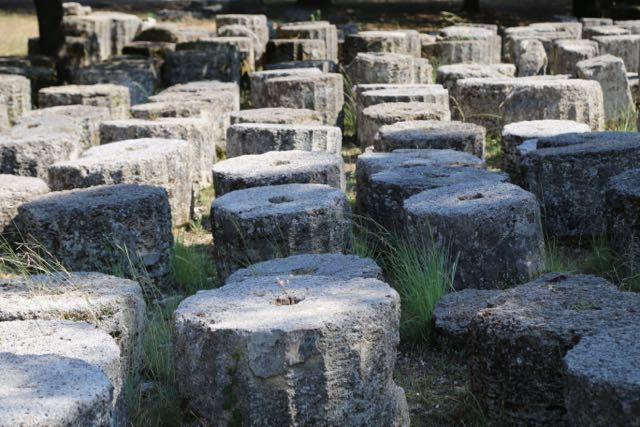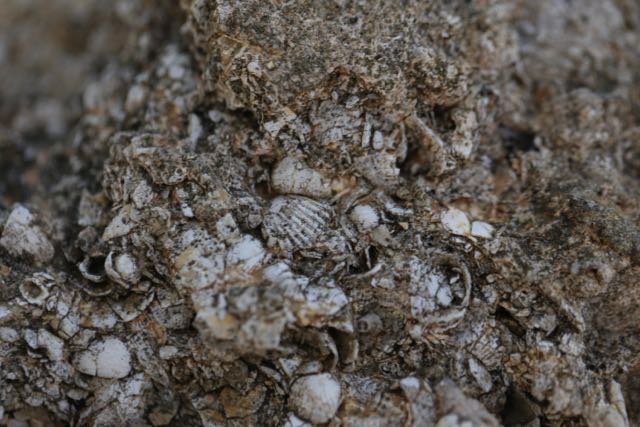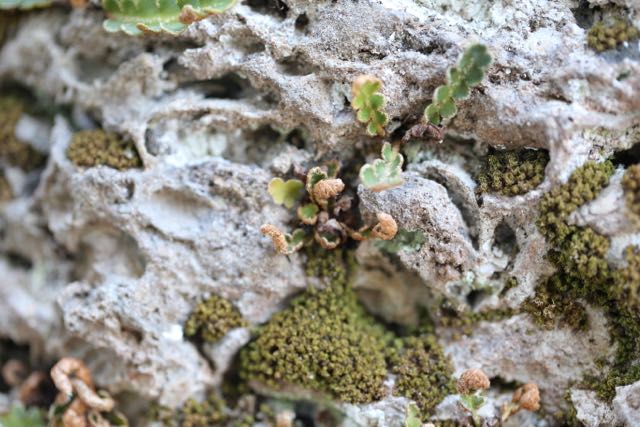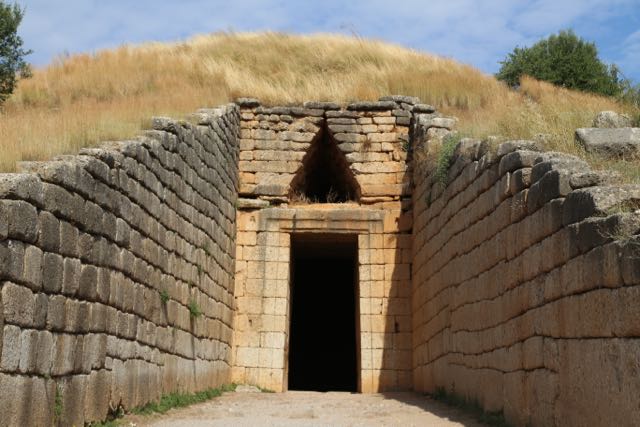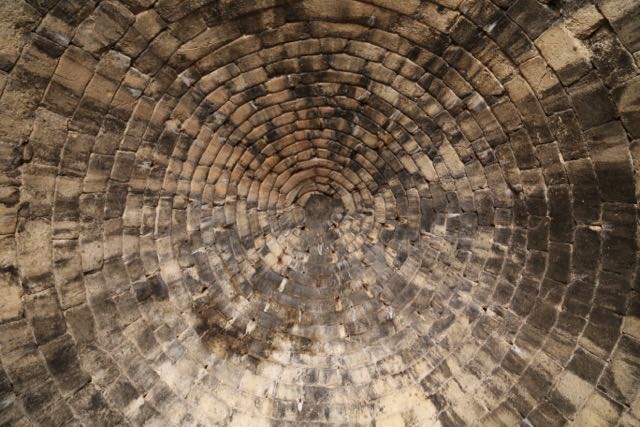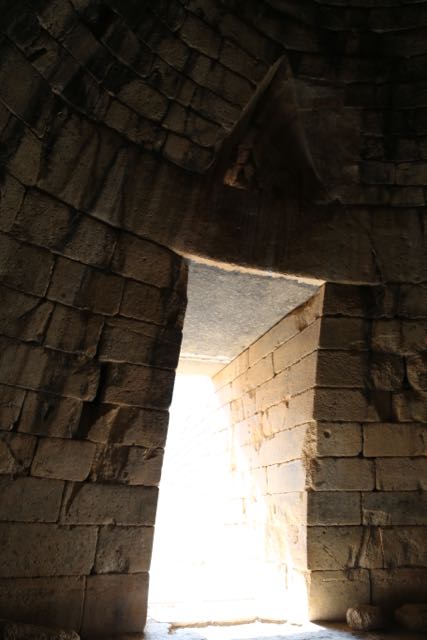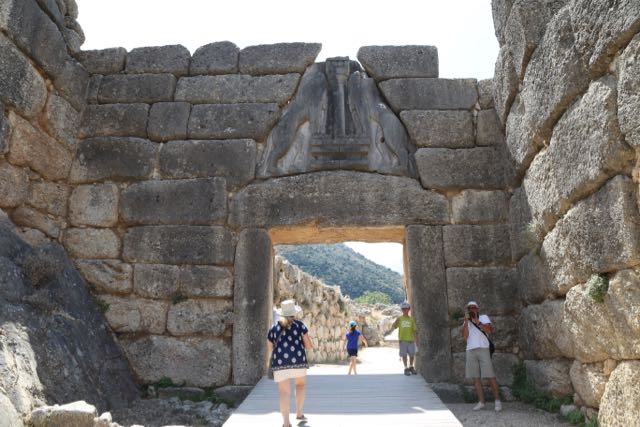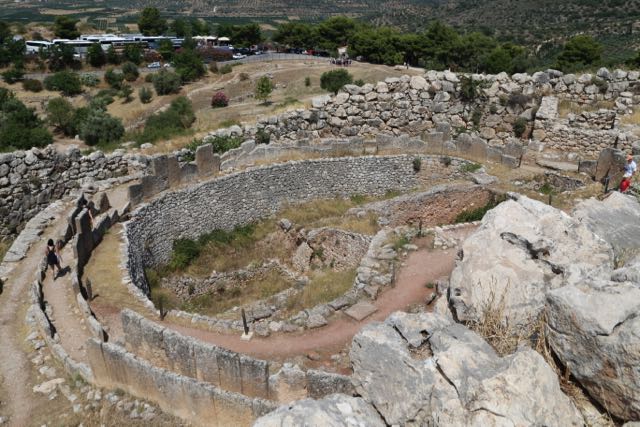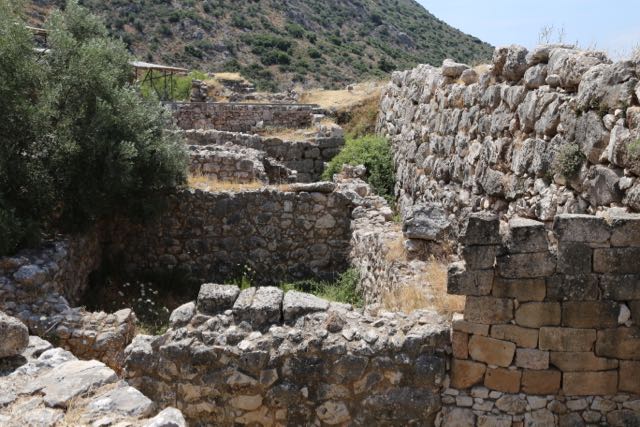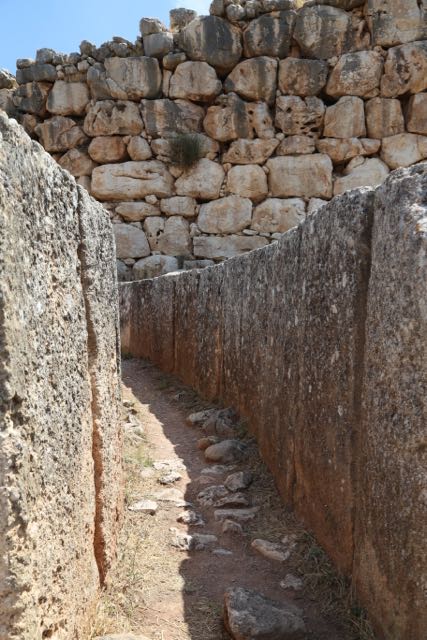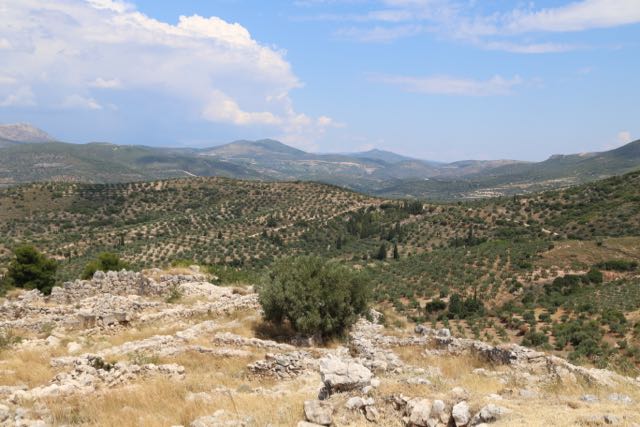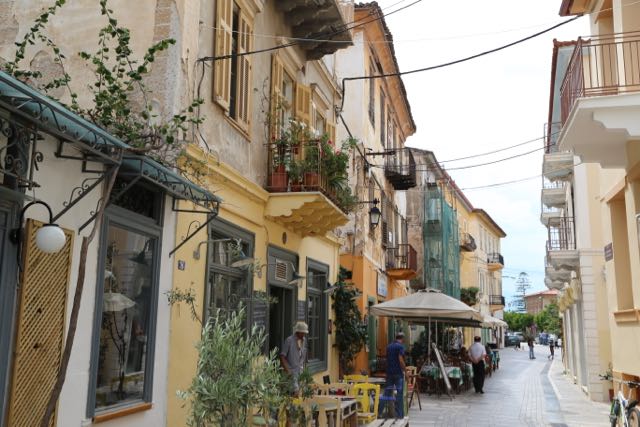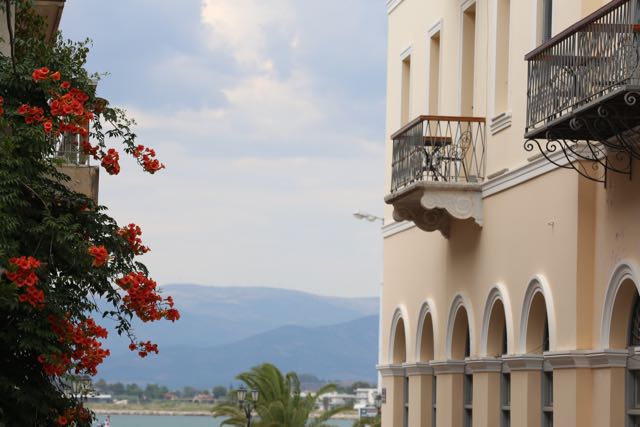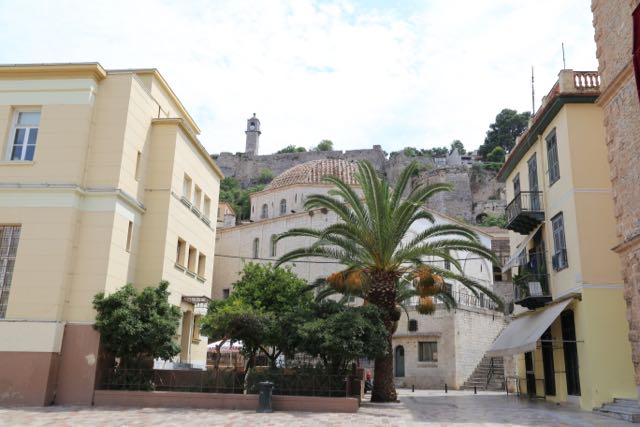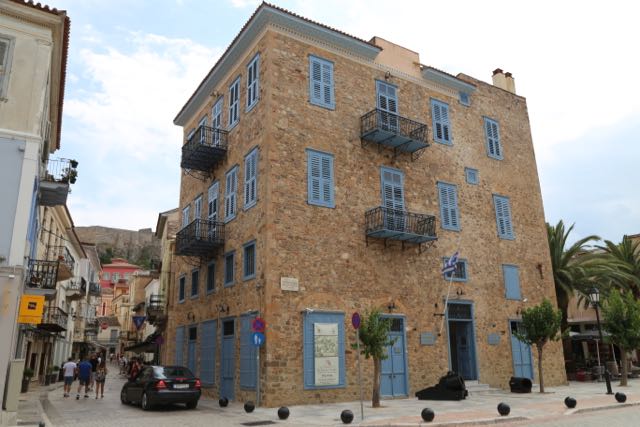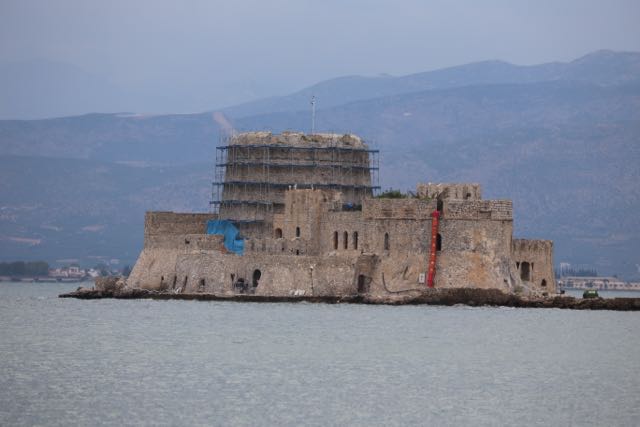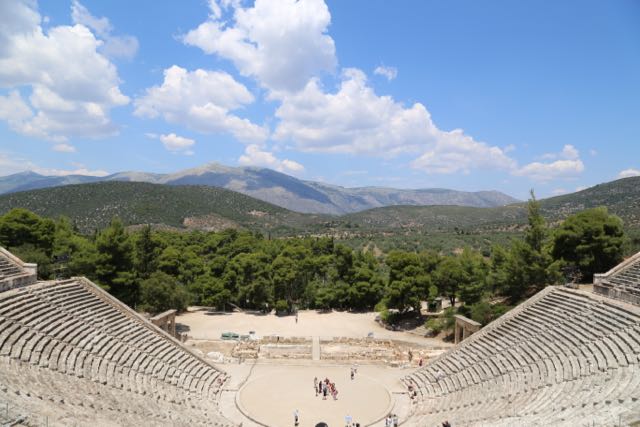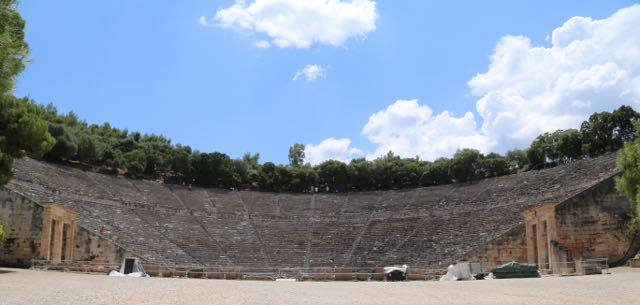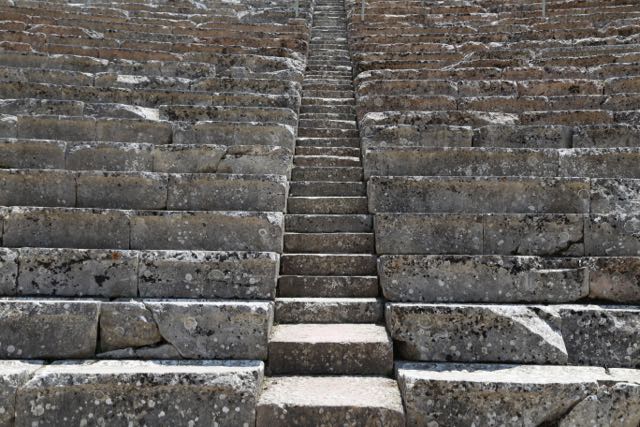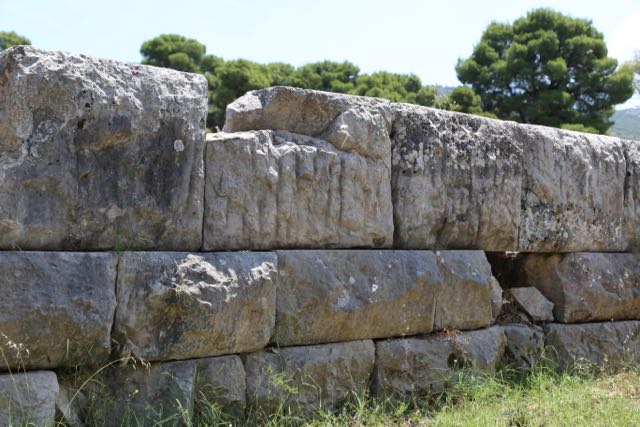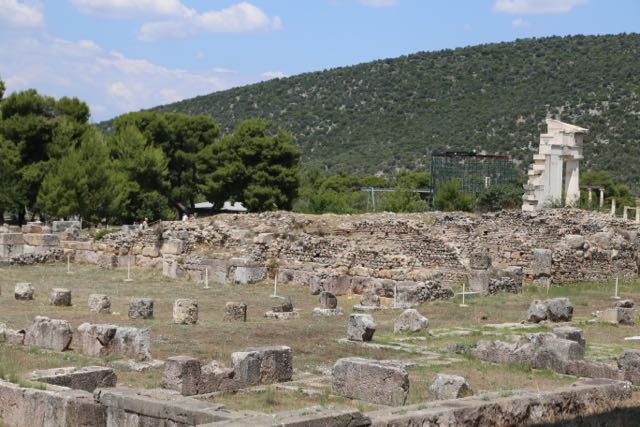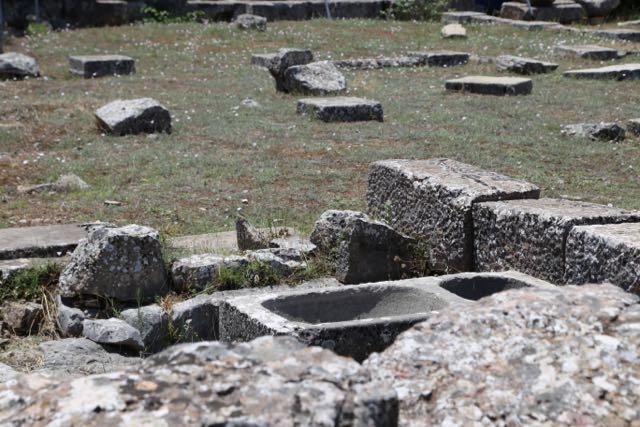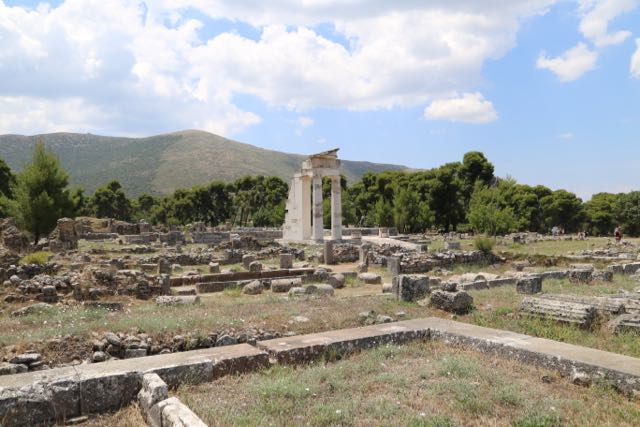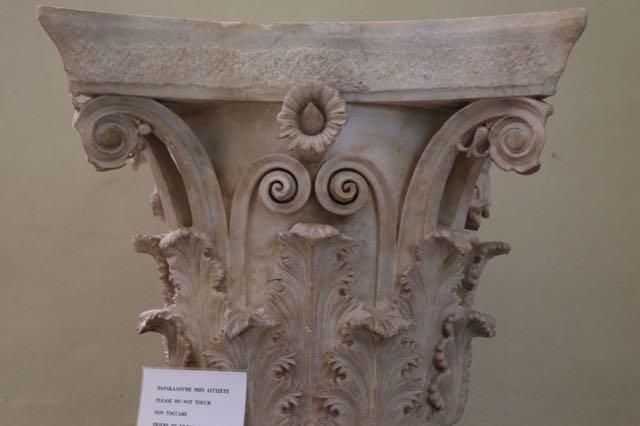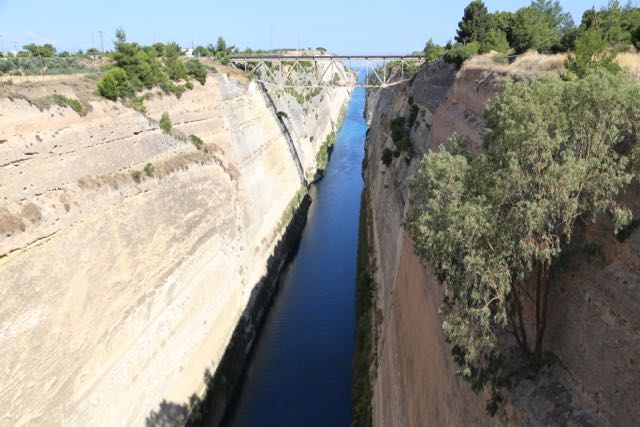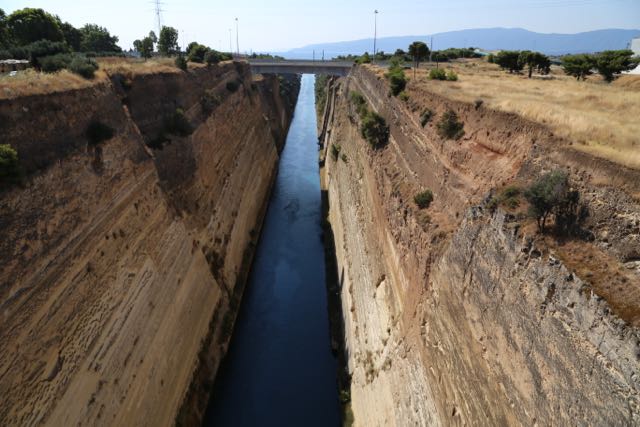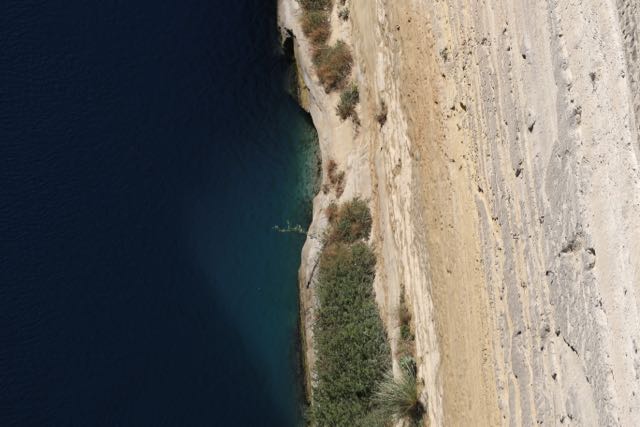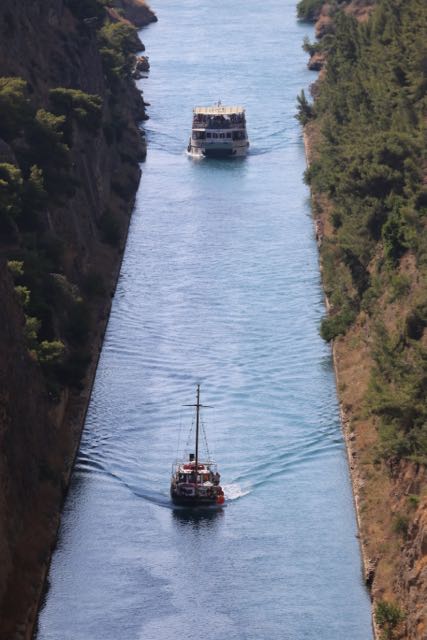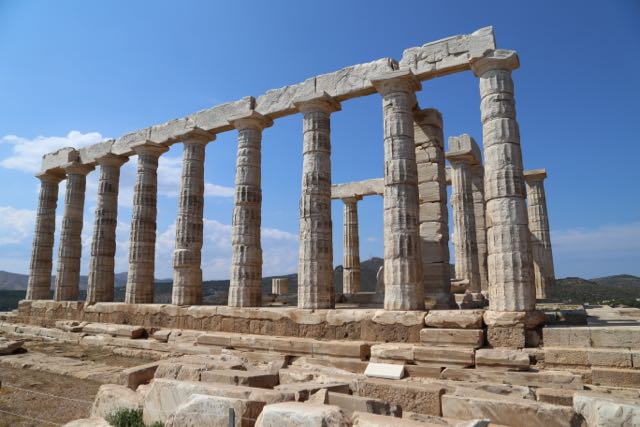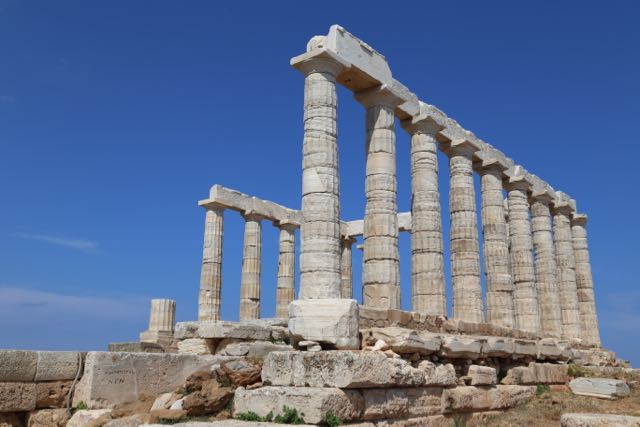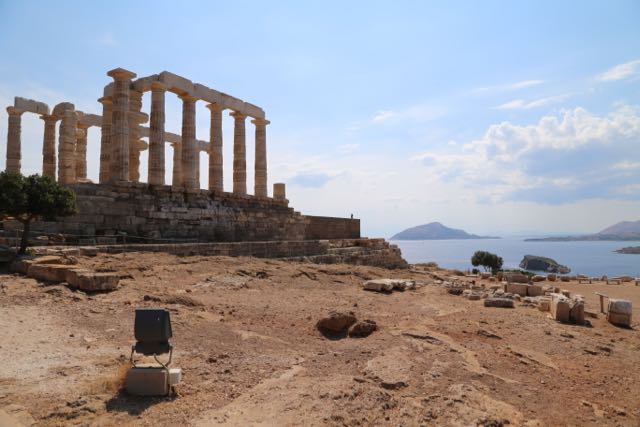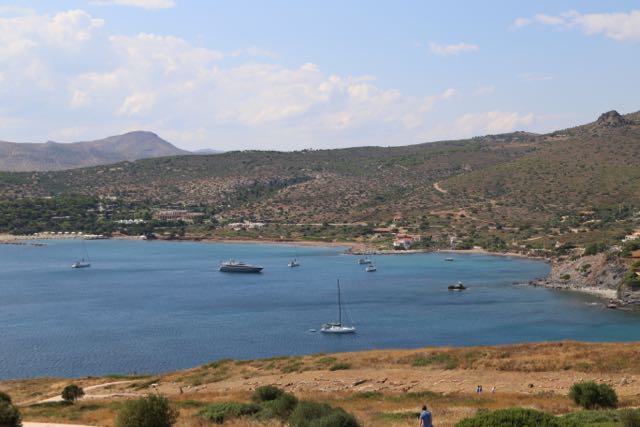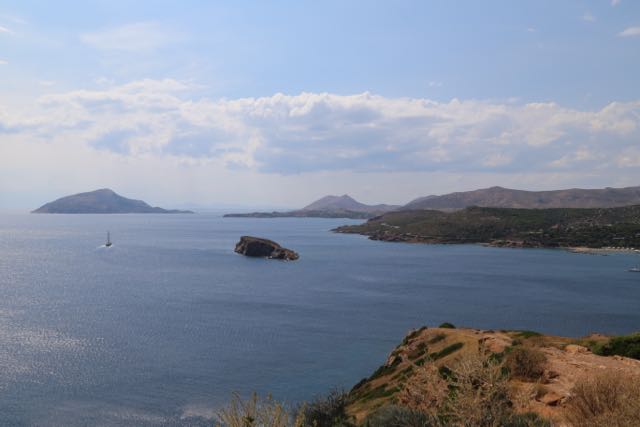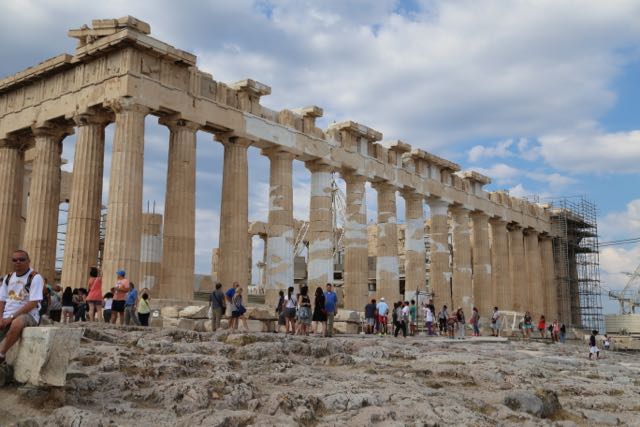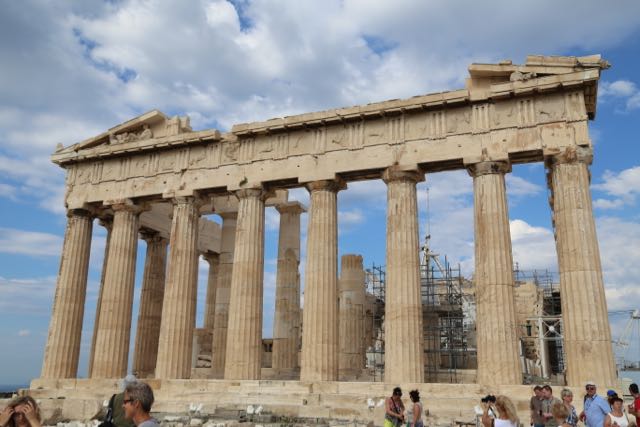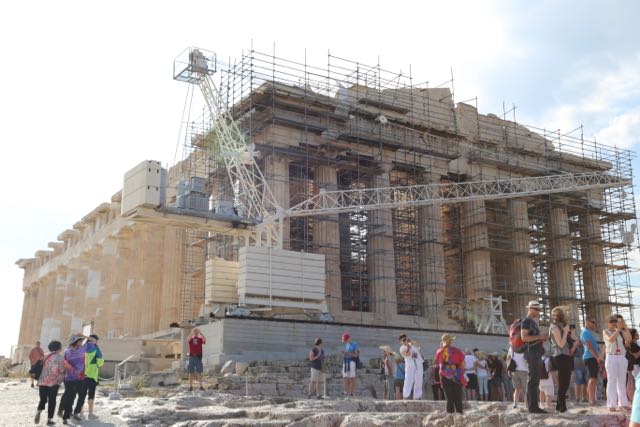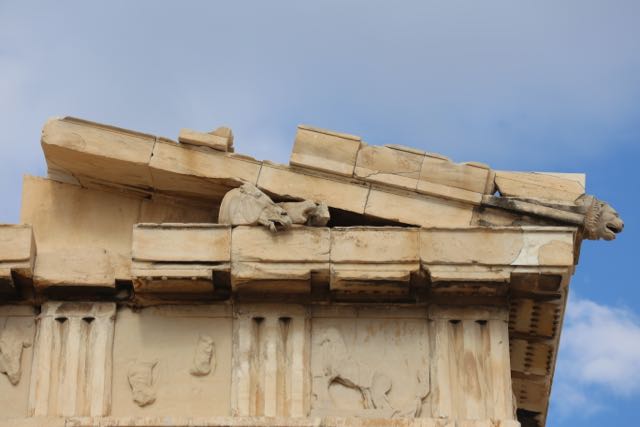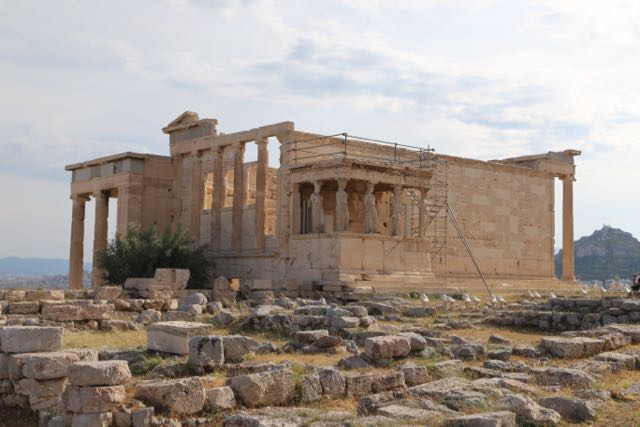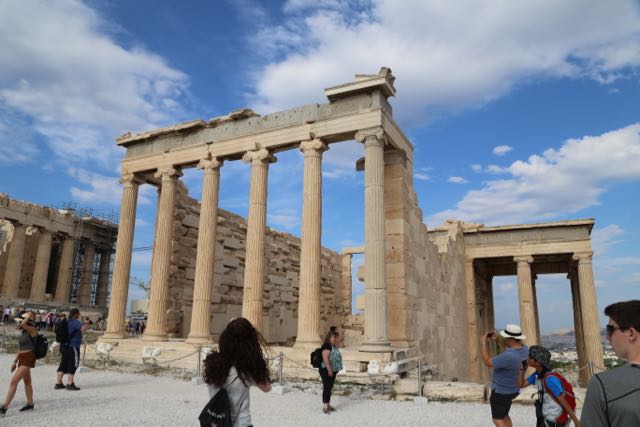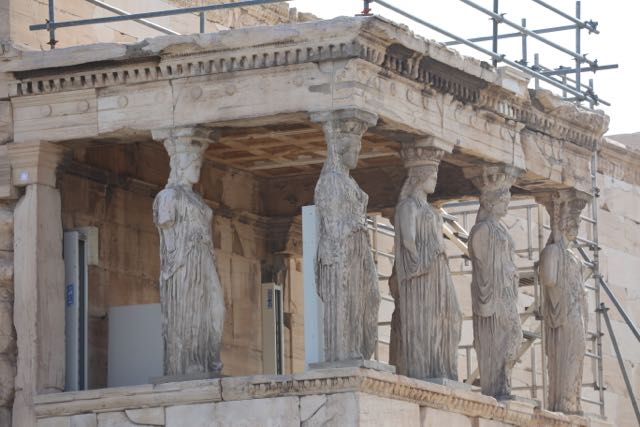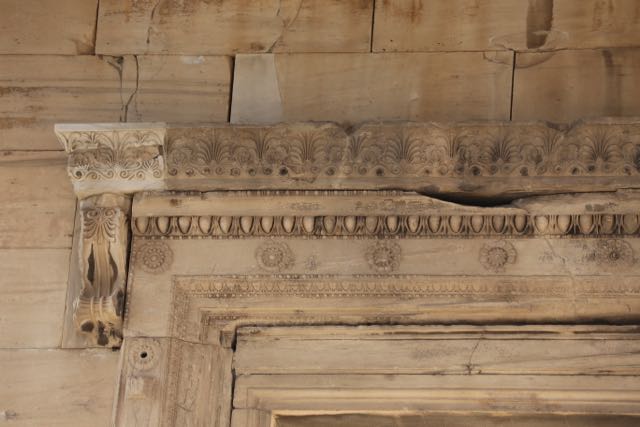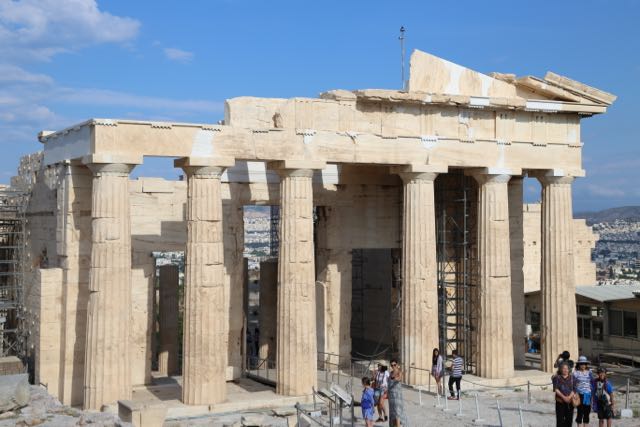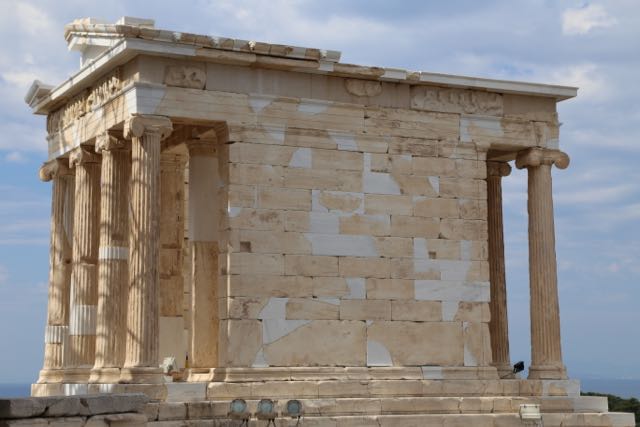Today we traveled to Arachova, a mountainous village set at the foot of Mt. Parnassós in Viotia, Southern Greece. It is mainly a resort town in the winter for the nearby ski slopes. The town reminds of me of a ski village in Colorado but the architecture more reminds me of Europe. It is a cute little village with wonderful views.
Author Archives: geek
Greece: Athens Turkish Baths
I visited the Turkish Baths in Plaka today. I found out about them in Lonely Planet. I don’t think many tourists visit them because when I walked in around 8:30 the man at the desk looked surprised to see a visitor and had to turn on the lights in the place. The baths are really well restored 17th-century public bathhouse and a remnant of the Ottoman times. The only criticism I have is that more signage as to what you are looking at would have been really nice. They had pictures projected onto some of the walls that did help a little.
Greek Financial Crisis Media
Yesterday, my tour group came back to Athens before heading out again today. While in Athens, I walked over to Parliament and Syntagma Square, which is directly in front of Parliament. I saw zero protestors, but maybe they came later. I did however see lots of media, or more descriptively, lots of bored looking media. Here are a few photos of the media gathered around reporting or looking bored.
Greece: Olympia
Today we visited the ancient site of Olympia where the original Olympic games were held. The site is huge, and they are still uncovering it. The gymnasium is only partially uncovered with something like 80% still left to dig up. There were two different areas where people were working to uncover remains while I was there. There were so many structures that I got confused at times what was what structure. Then of course there also pieces lying around in what I am sure is some logical method to the archaeologists, but to most of us, it looks like column, foundation, or undetermined piece of stone lying about everywhere with no clue as to which building it belongs. Then there is the stadium, which is unmistakable as it is a huge open area surrounded by sloped grassy areas, where I like most people, felt the need to traverse the distance just to say I walked across the ancient Olympic Stadium. Many others raced each other down the length of it. The entire site is just really neat to explore. I also really started examining the limestone that was used to make the structures. Some of the stone has eroded enough that I could examine the shells in it. Other limestone was being eroded by plants, lichen, and moss, who clearly had no respect for the history of the stone.
Greece: Mycenae
Today we visited Mycenae, which includes both the Treasury of Atreus and Mycenae Acropolis. The Mycenaean civilization dates back to the 15th to 12th century B.C. The architecture is impressive and unique and includes the triangle structure as a predecessor to the arch. The Treasury looks like a giant beehive from the inside and is just amazing to stand inside. The Lion Gate is possibly the most impressive and certainly (to my untrained eye) the most unique structure at the Acropolis.
Greece: Nafplion
Our final stop of the day was Nafplion. It is a cute little town in the Peloponnese and was the first capital of the First Hellenic Republic and of the Kingdom of Greece after the Greek revolution from the Ottoman Empire. The view of the water and surrounding mountains is just beautiful. It also has views of the Palamidi castle and the Bourtzi that was used to guard the city from sea attack.
Greece: Epidaurus
After visiting the Corinth Canal, we stopped at Epidaurus to see the ancient Theater of Epidaurus and also the Sanctuary of Asklepios. The shrine of Asklepios, the god of medicine, became a site where ancient people came to seek healing or to ask for healing of other. The site also contains the fourth century theater, which is still in absolutely amazing condition. The acoustics of the theater are just astounding.
Greece: Corinth Canal
I’m an engineer. If there is a canal, dam, bridge, or whatever engineering marvel anywhere around, I have to see it. Luckily, our tour group had the Corinth Canal on the itinerary. The Roman Emperor Nero originally tried to build a canal to link the Aegean Sea with the Gulf of Corinth, but it was too difficult, so back then, they just dragged ships across the isthmus. I wouldn’t want to do the dragging. The Corinth Canal was started in 1881. No locks, just a canal, but wow, what a cut.
Cape Sounion
This afternoon, the tour group I am with went to Cape Sounion, which southeast of Athens to see the Sanctuary of Poseidon. The trip was worth it just for the view during the ride and especially at Cape Sounion. The Aegean Sea is so amazingly beautiful and so blue.
Acropolis
I have now joined my tour group, and so my last full day in Athens was a bit of a save the best for last, in that the morning was spent at the Acropolis. It is such an amazing feat of ancient engineering. It is currently, and has been for a while, being restored through modern engineering. It was weird to see such ancient structures surrounded by modern structures like scaffolding and cranes, or really it was a juxtaposition I guess. It makes me wonder about the work conditions back then versus now. I think we already know a bit about the work conditions back then, but it still amazes me what they accomplished. The hill that the Acropolis is on is essentially solid rock, so they certainly picked the correct foundation on which to build the structures. I am still in awe though after having seen it.

